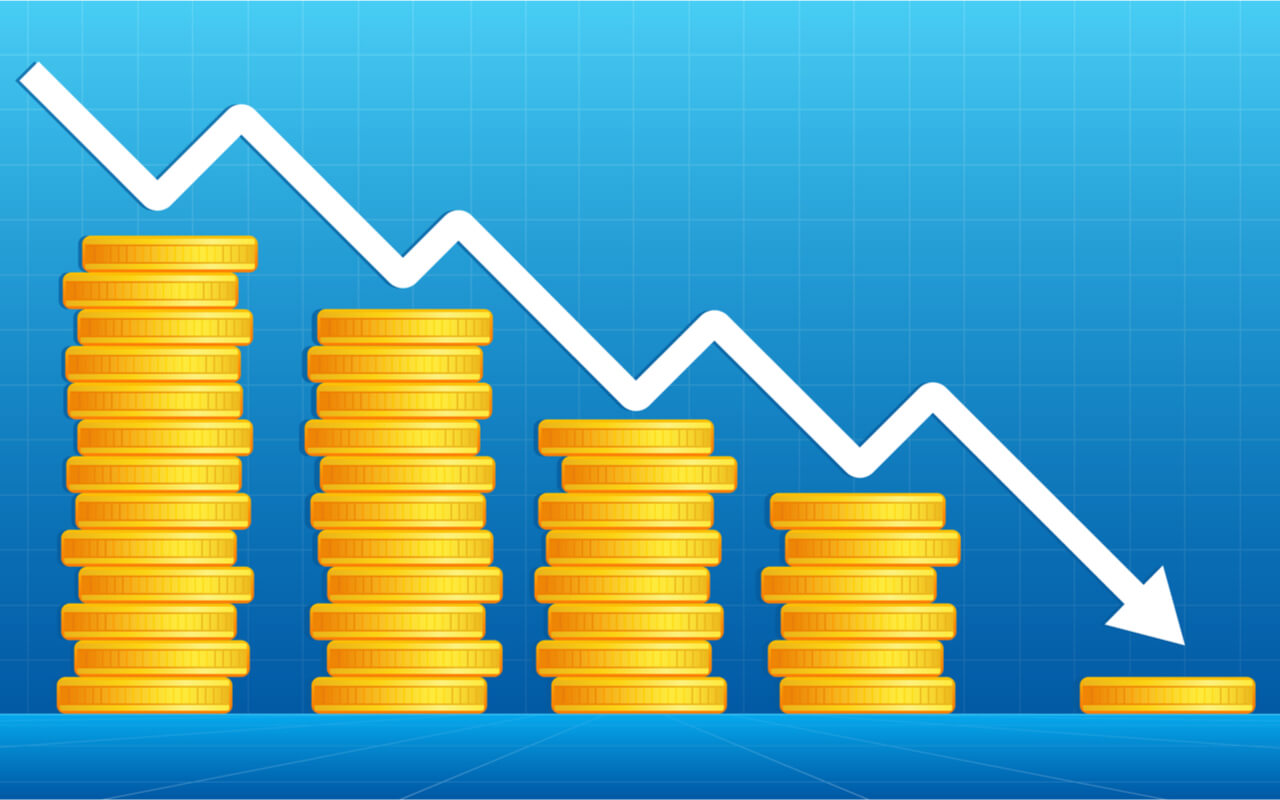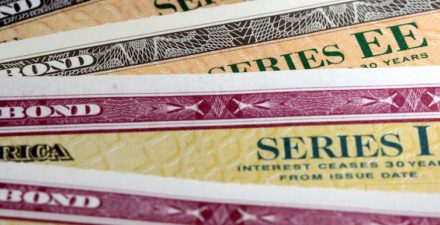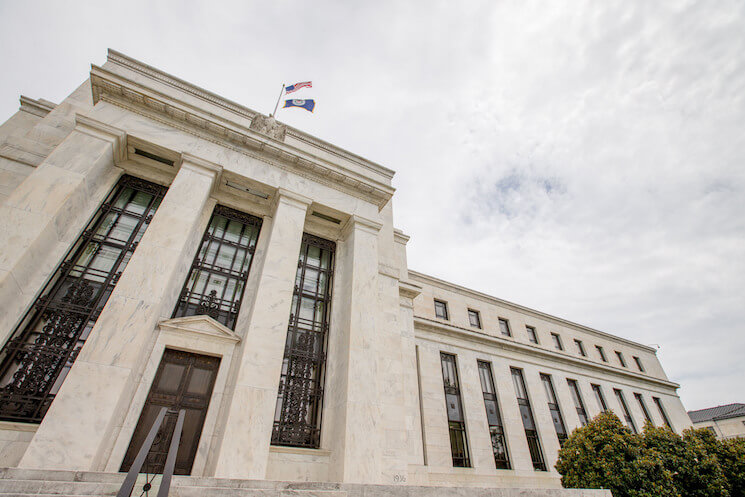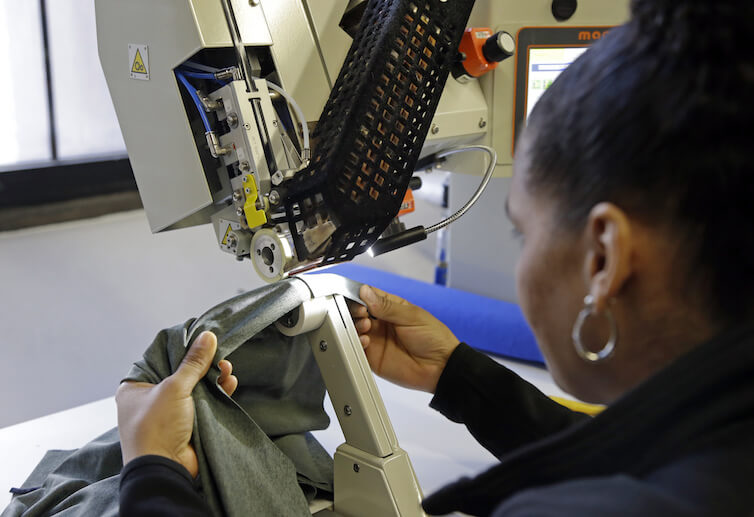Low interest rates can dampen competition and hurt productivity growth

U.S. interest rates hovered near zero for 7 years after the Federal Reserve slashed rates in 2008 during the Great Recession, with a gradual series of rate hikes then carrying the federal funds rate to 2.5 percent. At the end of July, the central bank made its first rate cut in more than a decade to sustain the economic expansion amid signs of a slowing global economy and rising trade frictions. Yet—against the backdrop of a wide global decline in long-term interest rates since the 1980s—new research suggests that very low interest rates could, in fact, hurt economic growth by reducing competition and investment.
A working paper from economists Ernest Liu and Atif Mian at Princeton University and Amir Sufi at the University of Chicago’s Booth School of Business connects the dots between interest rates, investment, and market competition to offer an explanation for the decline in productivity growth, which has characterized the U.S. economy since the early 2000s. The three co-authors’ model suggests that very low interest rates can reduce industry competition, investment, and overall productivity growth in the economy.
They develop a model in which a decline in interest rates has two main effects. First, all firms ramp up investment to raise productivity and gain market power in order to reap higher future profits. They term this the “traditional effect.” Second, the productivity gap between a leading firm and its industry competitors grows because the leader’s incentive to invest is stronger. The widening gap discourages the lagging rivals from investing, meaning that the industry becomes increasingly monopolistic. Liu, Mian, and Sufi call this the “strategic effect.”
When interest rates are very low and fall toward zero, the strategic effect is stronger than the traditional effect because industries are more monopolistic. The leading firm’s competitors stop investing as they fall too far behind and the prospect of catching up to the leader becomes weaker. The leader also stops investing once the threat of being overtaken by competitors becomes too small. And when this occurs across industries, the overall productivity growth of the economy falls.
To be sure, when interest rates are high, a decline in interest rates boosts economic growth initially—the traditional effect is stronger than the strategic effect. But rate cuts when interest rates are “sufficiently low,” the co-authors say, dampen growth. So, what do they consider a sufficiently low interest rate—one below which the anti-competitive effect dominates? This threshold rate is not directly observable. But Liu, Mian, and Sufi suggest that it is possible to identify a lower bound by looking at interest rates below which a fall in the rate has a stronger impact on the value of the leading company than on its competitors.
A number of other studies also show that a fall in long-term interest rates is associated with higher industry concentration, higher markups, and higher corporate profits alongside a decline in business dynamism. Recent research from New York University economists Germán Gutiérrez and Thomas Philippon finds that U.S. business investment since the early 2000s has remained disproportionately low compared to profitability measures, arguing that decreasing competition could explain about one-half of the investment gap. Investment is critical to economic growth.
There is an ongoing, fundamental debate in economics about what kind of market conditions promote investment-driven innovation. On one side are the ideas of the American Nobel laureate Kenneth Arrow, who argued that a monopolist has less incentive to invest and generate disruptive innovation. On the other side are the ideas of the famous Austrian economist Joseph Schumpeter, who argued that larger firms had more incentive and ability to innovate.
Liu, Mian, and Sufi’s model suggests that firms initially have more incentive to invest due to the higher future payoff in profits, as argued by Schumpeter. Yet once the productivity gap between them and their smaller competitors is wide and once the marginal gain of strengthening their market position is lower than the investment cost, they become “lazy” and invest less, as Arrow’s ideas would suggest.
Economic inequality distorts investment and economic growth in multiple ways. Using Mian and Sufi’s previous work on the Great Recession, Equitable Growth President and CEO Heather Boushey argues in her forthcoming book, Unbound: How Inequality Constricts Our Economy and What We Can Do About It, that rising economic inequality, combined with financial deregulation of the early 2000s, led to a rise in the supply of credit—leading to unstable growth and eventually to a deep economic crisis. This new study by Liu, Mian, and Sufi introduces interest rates into the equation and improves our understanding of how market concentration affects the U.S. economy and stymies competition.






